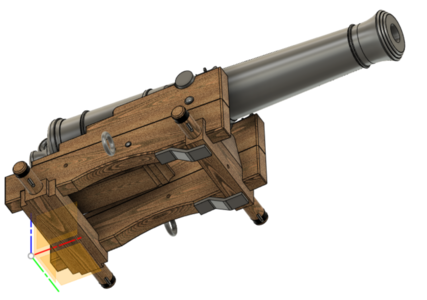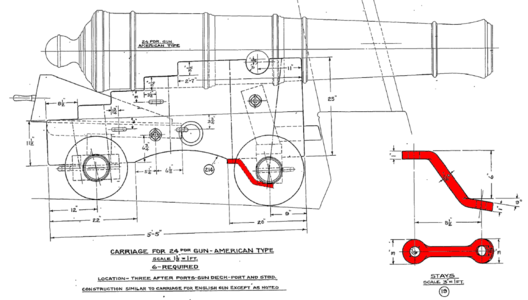Really neat and great work, Signet. 


Wow, thank you, that's a true compliment! Thank you guys.Like Ewe and others you are making a great teacher of how to make things correctly.
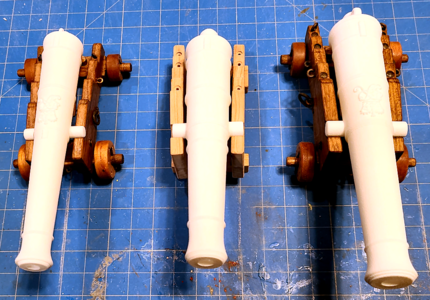
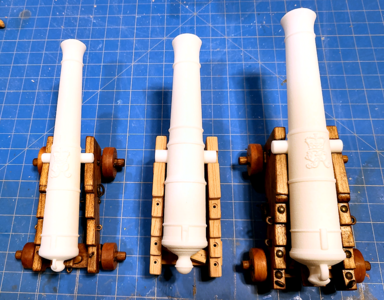
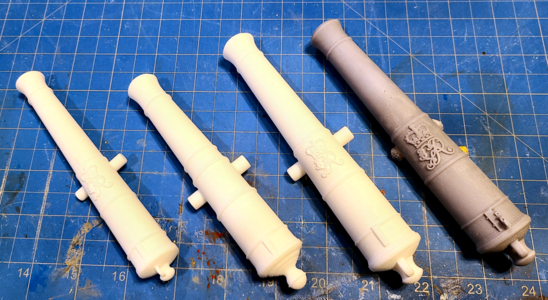
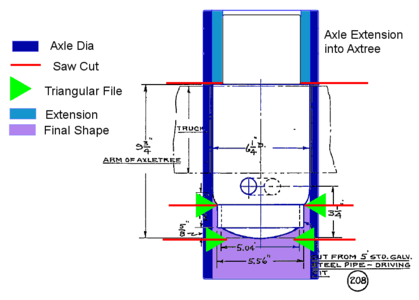
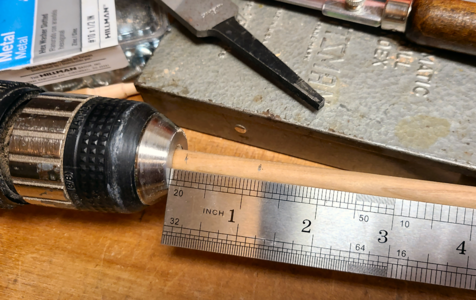
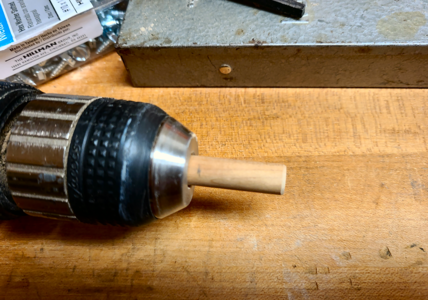
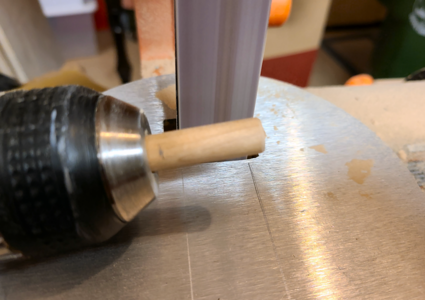
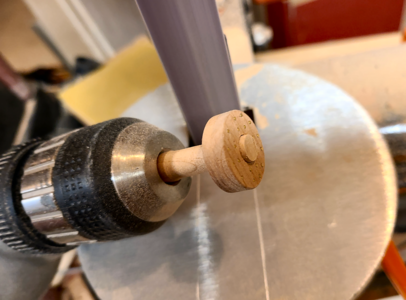
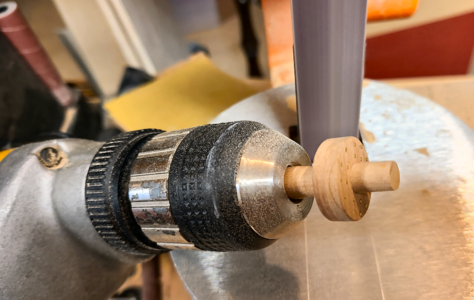
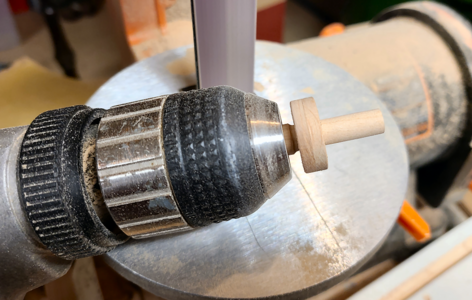
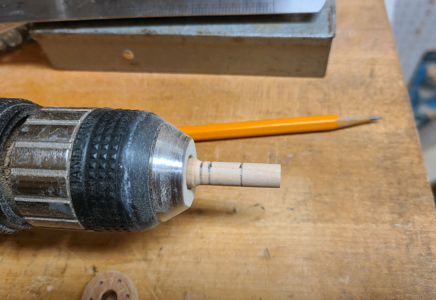
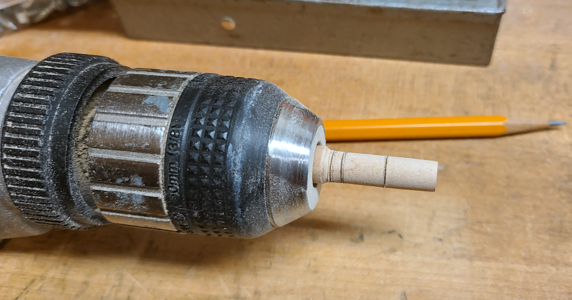
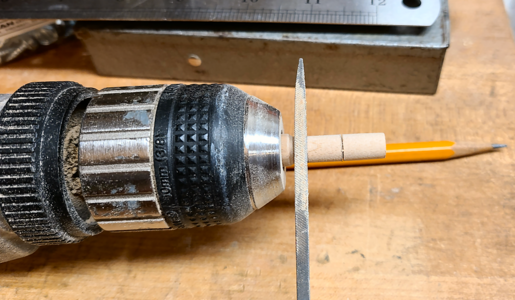
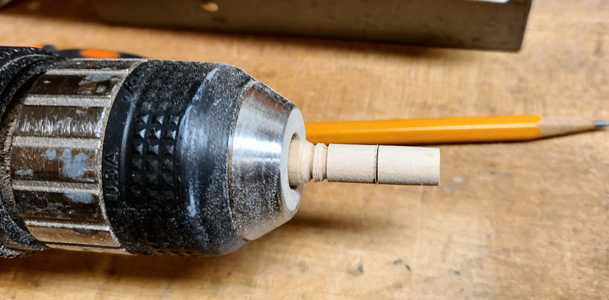
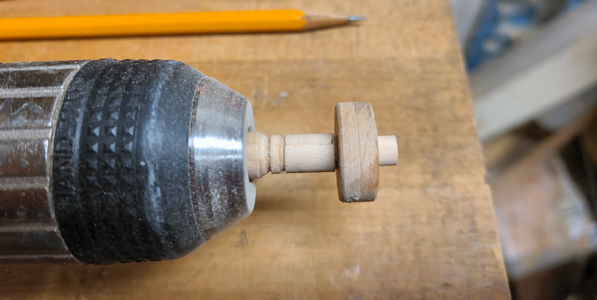
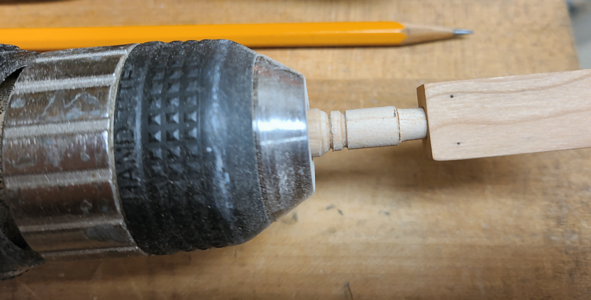
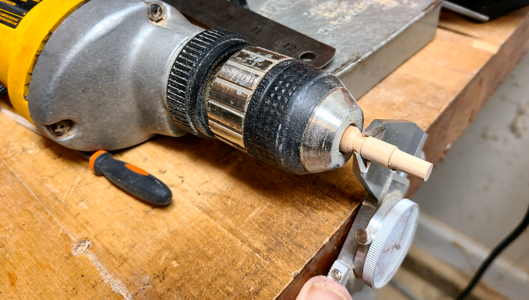
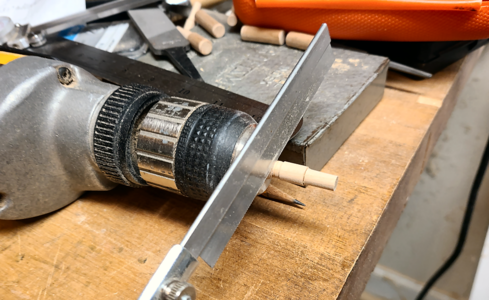
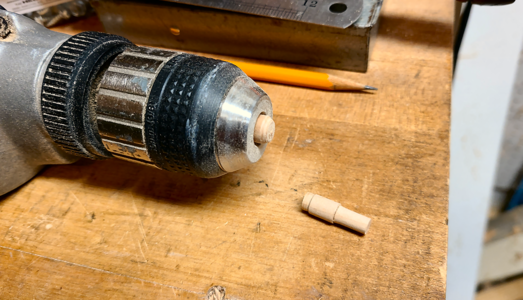
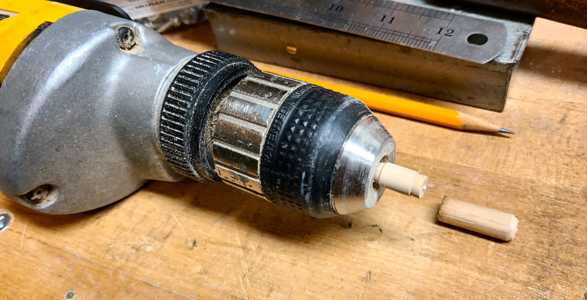
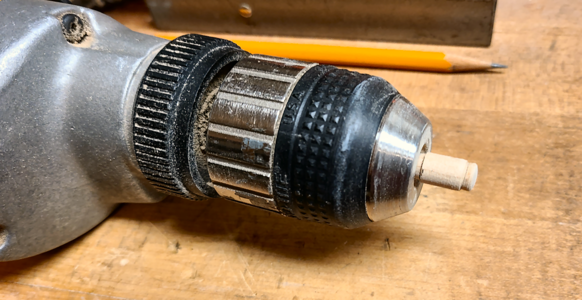
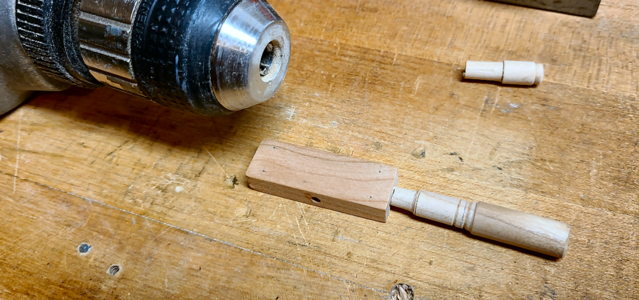
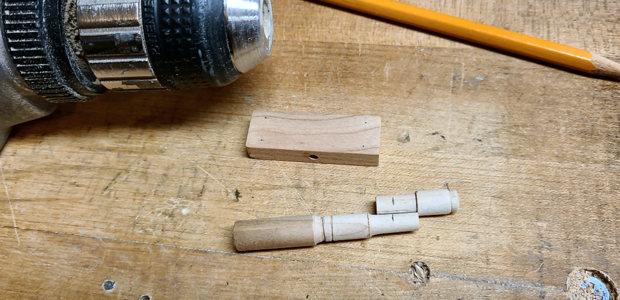
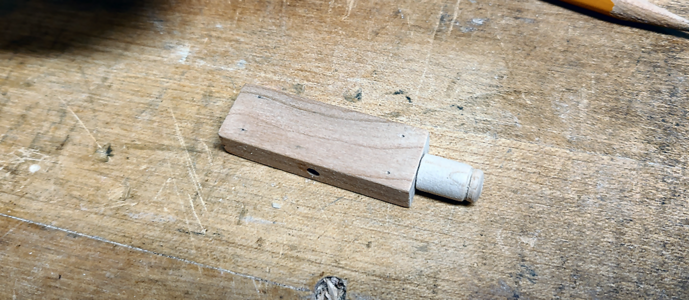
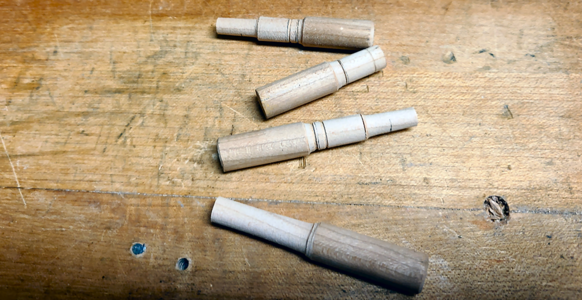
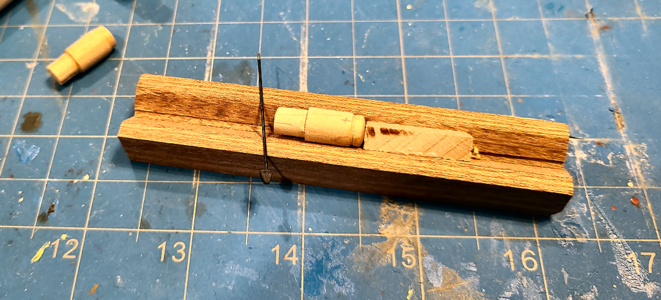
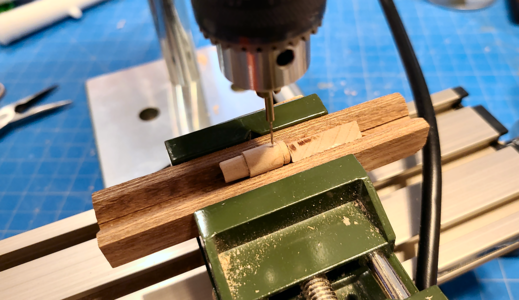
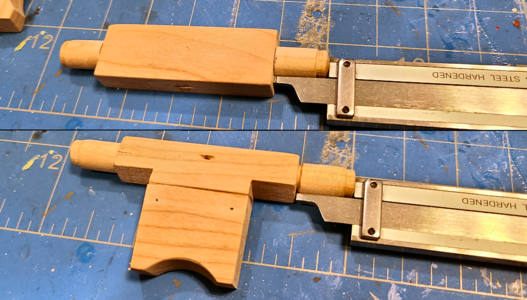
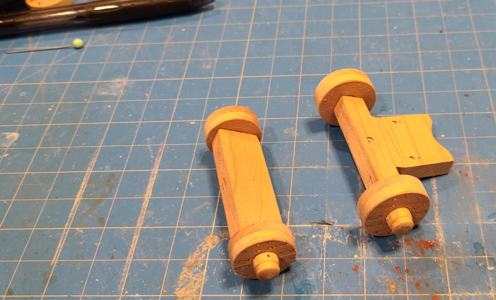
Thanks for noticing. Actually, they should have been made in 4 pieces, per the drawings, with each side being split as well. No doubt so that 18" wide stock would not have to be used. But I didn't see that until I was done, and had no more thinner material to make them out of. I made some thin saw cuts to represent it, but they aren't that noticeable. Plus the grain of the same piece of wood gives it away anyhow.a wonderful result
I the last photo we can also see very well, that the single wheel was built by two halfs of the thickness - Bravo!
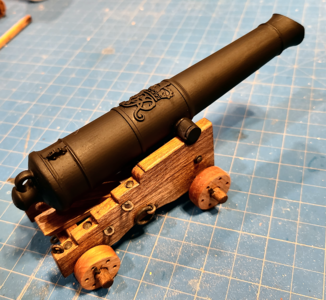
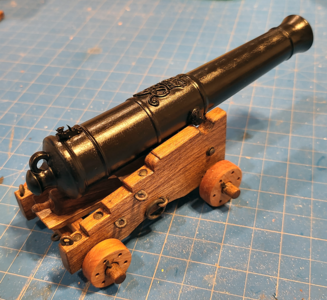
I'm no expert so I'll ask a question: why do you think gun barrels were sprayed with anything? Wouldn't they have been left in their natural (cast or otherwise) condition?I'm sure in real life these are sprayed a fairly glossy black
I doubt very much that they would be left as cast/machined. Iron rusts, and sea water would only accentuate that. I'm sure they weren't "sprayed", but would have been coated by brush. That and every iron gun currently onboard ships today are painted to my knowledge.I'm no expert so I'll ask a question: why do you think gun barrels were sprayed with anything? Wouldn't they have been left in their natural (cast or otherwise) condition?
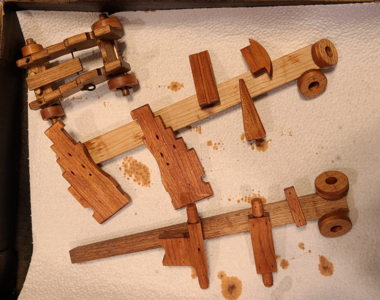
Dull coat used to be my go-to, but they changed it and IMHO it doesn't work as well and is not as dull. Lately I've been using Rust-Oleum (sound like a commercial, don't I) Matte Clear, and it works pretty well.Look in most any hobby store for clear cover paint, used to be a brand called Dull Coat, used to cover chalk and color paint on crafts to sell them down with near dead flat finish.
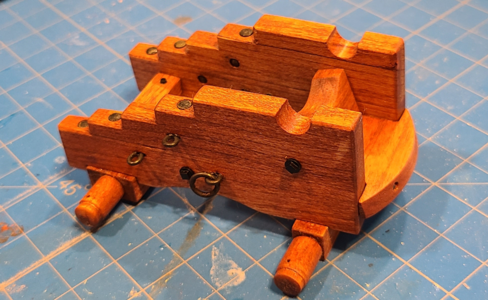
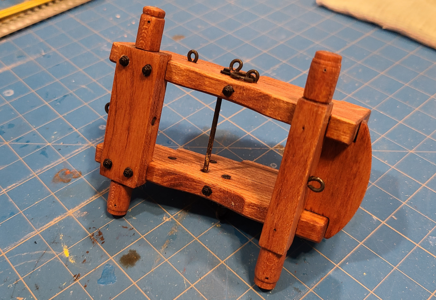
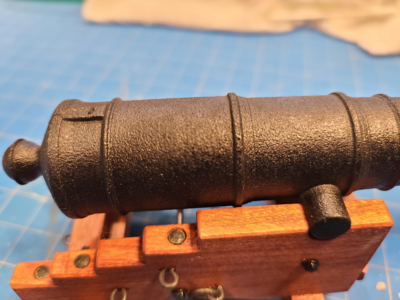
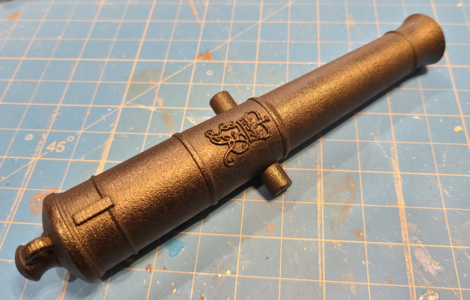

the carriage, looks very niceI completed major assembly of the USS Constitution's 24-Pounder carriage, and added hardware:
View attachment 344870
View attachment 344877
The square nuts and washers on the tie bolts are Tichy Train Group #8273. The hex bolts and washers are Meng. The remaining hardware was blackened, but came out irregularly colored, so I will be touching them all up with black paint.
At this point, any hardware related to the capsquares has not been mounted, as I'm unsure how I will be making them, as mentioned previously.
In the end, I decided to go with satin spray on the barrels, and used the spray on the plastic hardware as well. After half a spray on the Constitution's barrel, the spray quit. Not clogged, not empty, the mechanism just failed. I looked around and low-and-behold found a satin spray I already had from some time ago, the cheaper version. Turned out it was actually satin, not splotchy gloss, so it was used on all the barrels. I love the way the barrels came out: as I thought/hoped, the fine grain structure of the SLS 3D print (made from fine grains of plastic) shows through the paint, and gives me a slightly rough cast appearance. Here's a closeup of the result:
View attachment 344881
With this close of a photo, the grain looks too large, and it is actually over scale size. But with the naked eye, I think the appearance is excellent and am extremely happy with my choice. Here's the Victory's 32-pounder barrel:
View attachment 344889
I forgot to drill the touch holes (the 24-pounder had one made into the 3D model), so may give that a try. Hope I don't ruin it, and I don't really want to put a second coat on paint on. As you may notice, I reduced the size and depth of the crest from the oversize version I had on the original resin models. I didn't do any rounding on the details of the crest, as it became too difficult, but think that this casting process did round it slightly, adding to the realism and accuracy IMHO.


Thanks very much!the carriage, looks very nice



